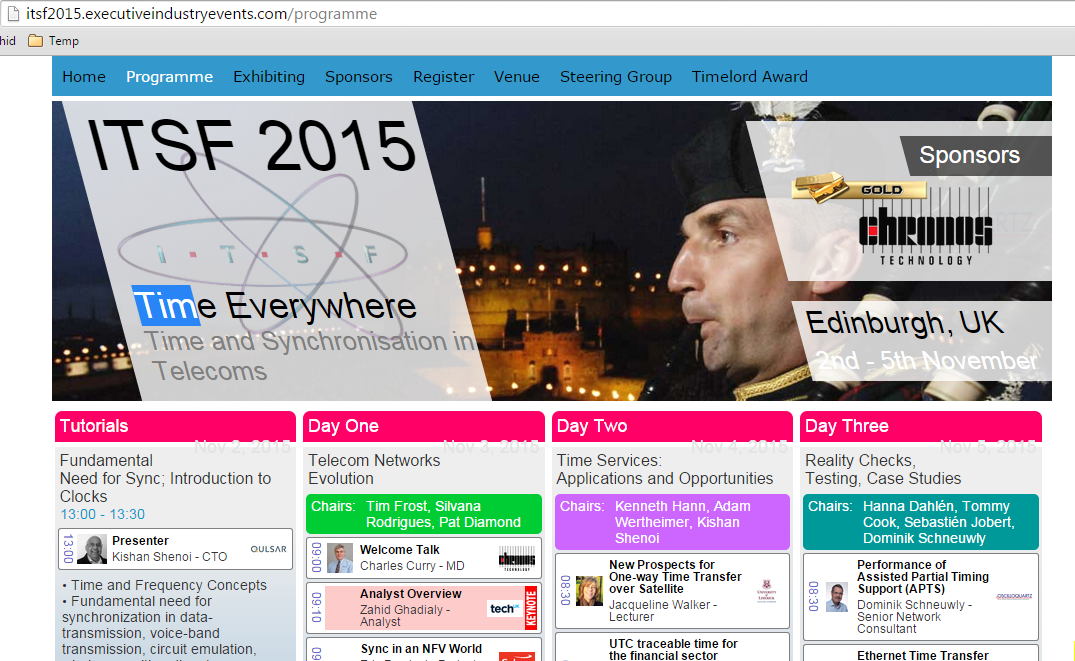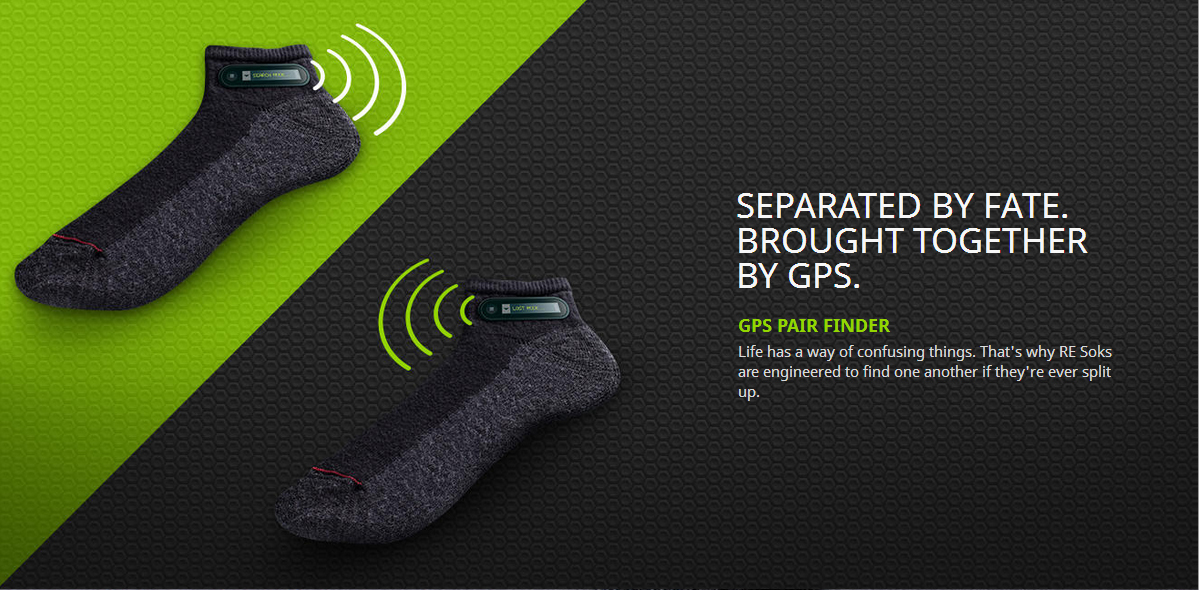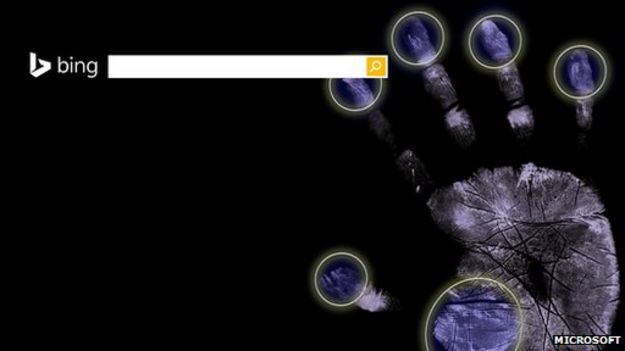Dan Warren, former GSMA Technology Director who created VoLTE and coined the term 'Phablet' has been busy with his new role as Head of 5G Research at Samsung R&D in UK. In a presentation delivered couple of days back at Wi-Fi Global Congress he set out a realistic vision of 5G really means.
A brief summary of the presentation in his own words below, followed by the actual presentation:
Let me know what do you think?
Heh, I like this: network *splicing* may be more important than the slices that get bundled/integrated @TMGB #WGCLON pic.twitter.com/eppg1PJyu7— Dean Bubley (@disruptivedean) May 10, 2017
A brief summary of the presentation in his own words below, followed by the actual presentation:
"I started with a comment I have made before – I really hate the term 5G. It doesn’t allow us to have a proper discussion about the multiplicity of technologies that have been throw under the common umbrella of the term, and hence blurs the rationale for one why each technology is important in its own right. What I have tried to do in these slides is talk more about the technology, then look at the 5G requirements, and consider how each technology helps or hinders the drive to meet those requirements, and then to consider what that enables in practical terms.
The session was titled ‘5G – beyond the hype’ so in the first three slides I cut straight to the technology that is being brought in to 5G. Building from the Air Interface enhancements, then the changes in topology in the RAN and then looking at the ‘softwarisation’ on the Core Network. This last group of technologies sets up the friction in the network between the desire to change the CapEx model of network build by placing functions in a Cloud (both C-RAN and an NFV-based Core, as well as the virtualisation of transport network functions) and the need to push functions to the network edge by employing MEC to reduce latency. You end up with every function existing everywhere, data breaking out of the network at many different points and some really hard management issues.
On slide 5 I then look at how these technologies line up to meeting 5G requirements. It becomes clear that the RAN innovations are all about performance enhancement, but the core changes are about enabling new business models from flexibility in topology and network slicing. There is also a hidden part of the equation that I call out, which is that while technology enables the central five requirements to be met, they also require massive investment by the Operator. For example you won’t reach 100% coverage if you don’t build a network that has total coverage, so you need to put base stations in all the places that they don’t exist today.
On the next slide I look at how network slicing will be sold. There are three ways in which a network might be sliced – by SLA or topology, by enterprise customer and by MVNO. The SLA or topology option is key to allowing the co-existence of MEC and Cloud based CN. The enterprise or sector based option is important for operators to address large vertical industry players, but each enterprise may want a range of SLA’s for different applications and devices, so you end up with an enterprise slice being made up of sub-slices of differing SLA and topology. Then, an MVNO may take a slice of the network, but will have it’s own enterprise customers that will take a sub-slice of the MVNO slice, which may in turn be made of sub-sub-slices of differing SLAs. Somewhere all of this has be stitched back together, so my suggestion is that ‘Network Splicing’ will be as important as network slicing.
Slide illustrates all of this again and notes that there will also be other networks that have been sliced as well, be that 2G, 3G, 4G, WiFi, fixed, LPWA or anything else. There is also going to be an overarching orchestration requirement both within a network and in the Enterprise customer (or more likely in System Integrator networks who take on the ‘Splicing’ role). The red flags are showing that Orchestration is both really difficult and expensive, but the challenge for the MNO will also exist in the RAN. The RRC will be a pinch point that has to sort out all of these device sitting in disparate network topologies with varying demands on the sliced RAN.
Then, in the next four slides I look at the business model around this. Operators will need to deal with the realities of B2B or B2B2C business models, where they are the first B. The first ‘B’s price is the second ‘B’s cost, so the operator should expect considerable pressure on what it charges, and to be held contractually accountable for the performance of the network. If 5G is going to claim 100% coverage, 5 9’s reliability, 50Mbps everywhere and be sold to enterprise customers on that basis, it is going to have to deliver it else there will be penalties to pay. On the flip side to this, if all operators do meet the 5G targets, then they will become very much the same so the only true differentiation option will be on price. With the focus on large scale B2B contracts, this has all the hallmarks of a race downwards and commoditisation of connectivity, which will also lead to disintermediation of operators from the value chain on applications.
So to conclude I pondered on what the real 5G justification is. Maybe operators shouldn’t be promising everything, since there will be healthy competition on speed, coverage and reliability while those remain as differentiators. Equally, it could just be that operators will fight out the consumer market share on 5G, but then that doesn’t offer any real uplift in market size, certainly not in mature developed world markets. The one thing that is sure is that there is a lot of money to be spent getting there."
Let me know what do you think?











































